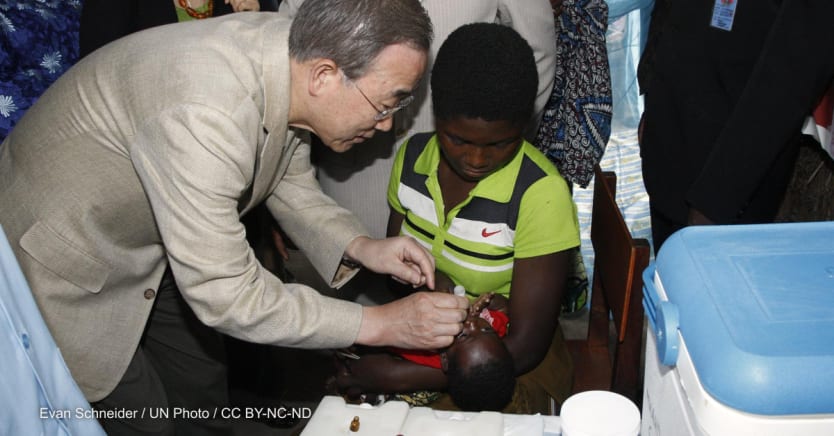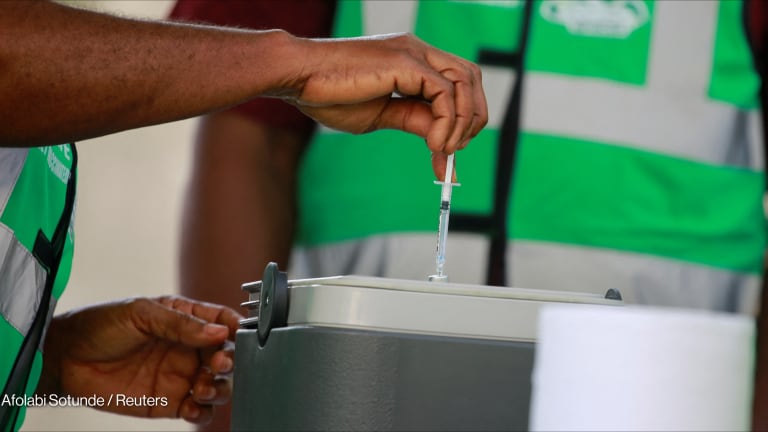
A case of wild poliovirus type 1 was reported in a 3-year-old girl experiencing paralysis in Lilongwe, Malawi. This is the first case of wild poliovirus reported in Africa in five years. Following a lengthy surveillance process, the continent was declared free of the disease in 2020. Malawi has not reported a case of wild poliovirus since 1992.
Wild polio is endemic in only Afghanistan and Pakistan. Laboratory results showed that the strain found in the child in Malawi is linked to a strain of polio circulating in Sindh province Pakistan. Because the case is imported, the African continent is still considered free of wild poliovirus.
The girl experienced the onset of paralysis last November and samples of her stool were collected. These samples were sequenced at the National Institute for Communicable Diseases in South Africa in February, the results were then confirmed by the U.S. Centers for Disease Control and Prevention.
In response, the Global Polio Eradication Initiative is working with Malawi’s health authorities to begin vaccination efforts in the subregion to prevent the spread of the virus, as well as ramp up surveillance efforts.
“Detection of [wild poliovirus type 1] outside the world’s two remaining endemic countries, Pakistan and Afghanistan, is a serious concern and underscores the importance of prioritizing polio immunization activities. Until polio is fully eradicated, all countries remain at risk of importation and must maintain high vaccination coverage to protect all children from polio,” according to a statement from GPEI.
“The polio eradication programme has seen importations from endemic countries to regions that have been certified wild poliovirus-free in the past, and has moved quickly to successfully stop transmission of the virus in these areas,” it added.
Beyond wild poliovirus, the continent still struggles with “circulating vaccine-derived polioviruses,” or cVDPV — a different category of virus that can cause polio. While wild polio is the form of the virus believed to be in circulation for thousands of years, cVDPV is linked to environmental contamination.
If a child is immunized through the oral poliovirus vaccine, remnants of the weakened poliovirus can leave the child’s body through feces, which can enter the surrounding environment. If population immunity is low and the virus is allowed to circulate, over time it can change into a form of the poliovirus that can cause paralysis. Other children can then be exposed to the virus.
GPEI reported this week new cases of cVDPV in Mozambique, Nigeria, and Somalia, as well as cVDPV detected in the environment in Djibouti.









